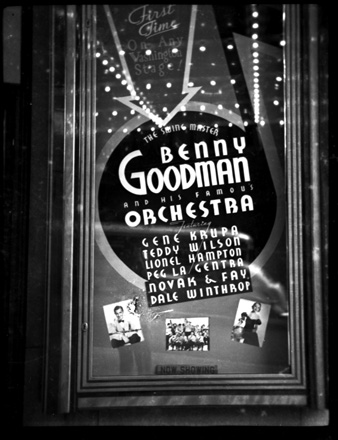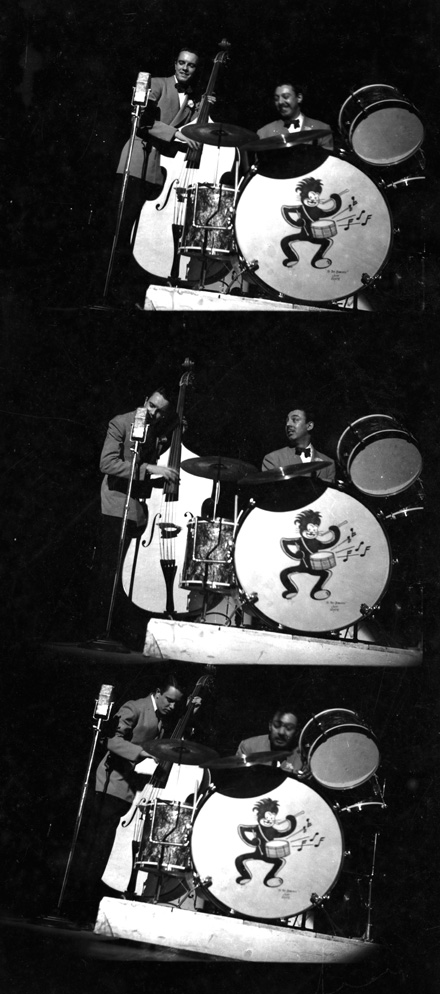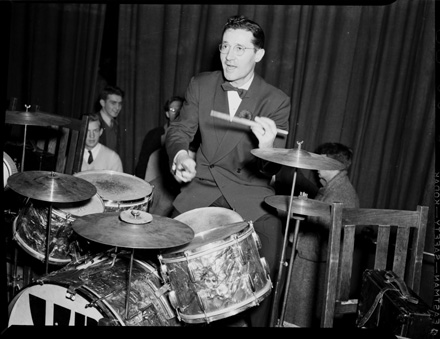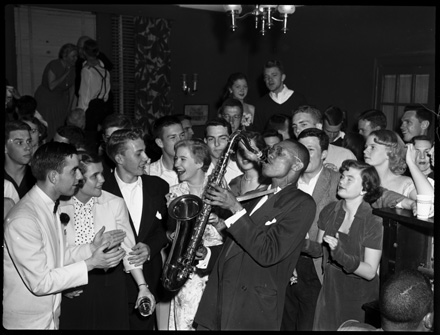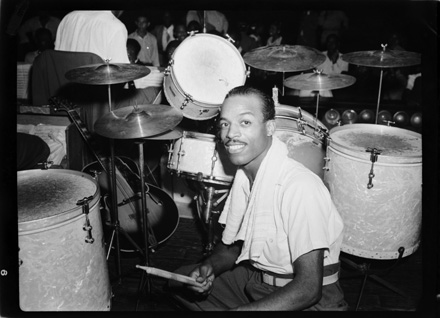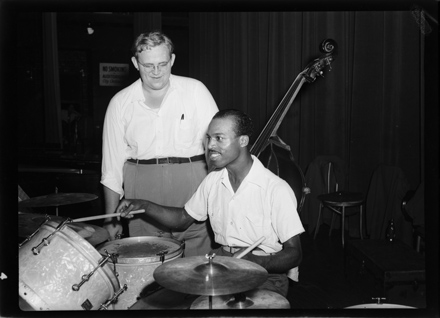 Wilmington’s 61st annual North Carolina Azalea Festival kicks off next week (April 9-13). Hugh Morton played an integral role in the event’s founding: while only in his twenties, he was selected to serve as president of the inaugural festival in 1948. (A letter from Morton on the festival’s website explains that when he missed a committee meeting, they responded by electing him president). As Susan Taylor Block writes in “Clan MacRae,” an article in the 4/2007 issue of Wrightsville Beach magazine, Morton deserves credit not only for Wilmington’s Azalea Festival, but also many of its azalea plants:
Wilmington’s 61st annual North Carolina Azalea Festival kicks off next week (April 9-13). Hugh Morton played an integral role in the event’s founding: while only in his twenties, he was selected to serve as president of the inaugural festival in 1948. (A letter from Morton on the festival’s website explains that when he missed a committee meeting, they responded by electing him president). As Susan Taylor Block writes in “Clan MacRae,” an article in the 4/2007 issue of Wrightsville Beach magazine, Morton deserves credit not only for Wilmington’s Azalea Festival, but also many of its azalea plants:
Morton had worked diligently since 1946 to make the 1948 Azalea Festival debut a success. He encouraged Wilmingtonians to plant azaleas, persuaded the local government to plant an additional 175,000 azaleas at Greenfield Lake and recruited garden clubs to transplant azaleas from their own private gardens to public spaces. Morton encouraged the festival fathers to be careful stewards of the event’s ticket take, seek out quality in celebrity guests and make the azalea itself the guest of honor. He knew that if the first festival ended up in the red, it would be the last.
North Carolina Azalea Festival negatives in the Morton collection are numerous and mostly in good shape, but not well-documented. The early years of the festival (from 1948 to about 1958) are best represented, but little identifying information is provided other than the year (if that). Fortunately, we have at least one good source to work from—historian Block’s 2004 book Belles & Blooms, heavily illustrated by Morton’s photos. Block’s time line will help us pin down some of the major details, like who was queen in what year, what celebrities attended, etc.
In the meantime, though, we’re asking you to help us put names to faces in some of these early shots.
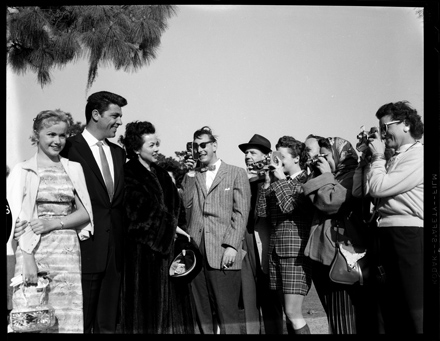
Judging from the enormous fur coat and all the cameras pointed at them, I’m guessing that these people are famous. But who are they?
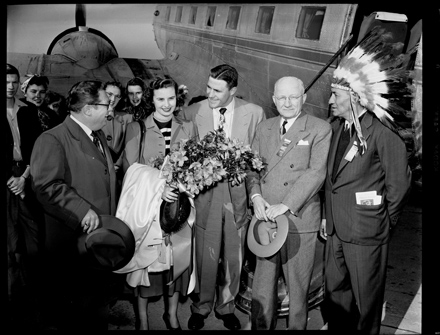
The image above was taken at the 1950 Azalea Festival. I can’t read any of the name tags, but I do see that the man on the far right (in the headdress) has a program from “Unto These Hills” (an outdoor drama performed at Cherokee, North Carolina) in his pocket.

The man in this photo is Grady Cole, talk radio celebrity with WBT Radio in Charlotte, North Carolina (and frequent Morton photo subject in the early 1950s). But who is the woman—and is she the same woman from the previous photo? Most importantly, why are they holding up what looks like an x-ray of somebody’s spine?!


